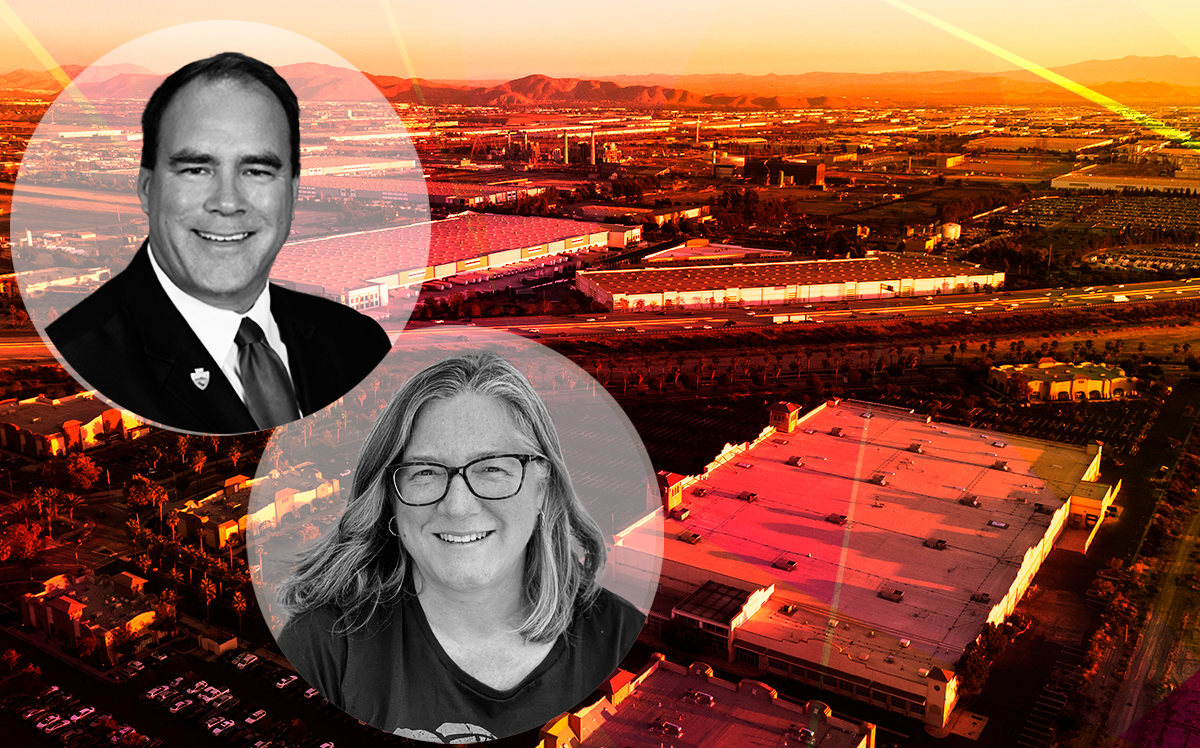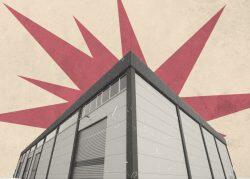IE warehouse boom generates call for building moratorium
Letter from 60-plus groups: “We have a right to not be made sick by the air we breathe”

Dozens of environmental, labor and community groups now seek a state moratorium on distribution warehouses in the Inland Empire.
In response to a boom in logistics warehouses across Riverside and San Bernardino counties, more than 60 groups signed a letter to Gov. Gavin Newsom calling for a one- to two-year pause on warehouse construction, the Riverside Press-Enterprise reported.
The Jan. 24 letter calls the massive expansion of the Inland Empire logistics industry “one of the most critical environmental justice issues of our time.”
It calls for a public health emergency declaration and a one- or two-year moratorium to better protect residents from problems linked to warehouses and warehouse-bound diesel trucks.
“We have a right to a life not impacted by asthma, heart disease, cognitive and reproductive problems related to pollution exposure,” the letter states. “We have a right to not be made sick by the air we breathe.”
A range of progressive groups and organizations focused on environmental justice and immigrants rights signed the letter, which also went to state Attorney General Rob Bonta and State Superintendent of Public Instruction Tony Thurmond.
No Inland Empire cities or local public agencies signed the 22-page document.
The letter is a result of widespread frustration over local governments’ unwillingness to curb logistics growth or address its problems, Susan Phillips, a professor of environmental analysis and director of Pitzer College’s Robert Redford Conservancy for Southern California Sustainability, told the Press-Enterprise.
“We have felt there is no other pathway forward other than to ask the state leaders to intervene,” Phillips said. “We’ve tried everything. Our environmental justice partners have tried everything. The system is totally biased toward development and community input is virtually meaningless. It’s a box you check and that’s what needs to change.”
San Bernardino County Supervisor Curt Hagman defended the logistics industry and how local governments handle warehouse projects in an op-ed piece published by the Southern California News Group.
Inland air quality is improving because the logistics industry “continues to invest in environmentally friendly buildings and the trucking industry commits to vehicles with reduced or near zero-emission emissions,” Hagman wrote, adding that local governments must follow “California’s stringent environmental laws.”
Newsom’s office hasn’t received the letter, Daniel Villasenor, a spokesman for the governor, said.
His office noted that the California Air Resources Board weighs in on warehouse plans and has adopted new rules to curb truck smog, and has defended the South Coast Air Quality Management District’s rule requiring Los Angeles and Inland warehouses to cut emissions.
According to the letter, 90 percent of Southern California’s warehouse growth in the past decade occurred in Riverside and San Bernardino counties, which now has 1 billion square feet of warehouse space with another 170 million square feet approved or pending.
Inland warehouse truck traffic generates 15 billion pounds per year of carbon dioxide, a major contributor to climate change, it says. It also adds 30 million pounds of nitric oxide and 300,000 pounds of diesel particulates, both blamed for health ailments, with diesel particulates linked to cancer.
New warehouses are now under construction at five times the Inland population growth rate, and efforts to phase out diesel truck engines in California won’t be completed until 2045 – and won’t solve concerns for warehouse worker safety, truck noise and traffic, the letter read.
More than 300 warehouses are 1,000 feet or less from 139 Inland Empire schools, according to the letter, and 60 percent of residents who live within a quarter mile of a warehouse are Latino.
“Continued warehouse growth despite community harm and widespread neighborhood opposition is environmental racism in its classic terms,” the letter argues.
In his piece, Hagman called warehouse moratoriums or bans “misguided proposals (that) gloss over the real-world and draconian impact their potential bans would have on supply chains in local communities and the entire region.”
— Dana Bartholomew







